Click here and press the right key for the next slide (or swipe left)
also ...
Press the left key to go backwards (or swipe right)
Press n to toggle whether notes are shown (or add '?notes' to the url before the #)
Press m or double tap to slide thumbnails (menu)
Press ? at any time to show the keyboard shortcuts
The Double Life of Motor Representation
1
Motor representations occur in action observation (in monkeys).
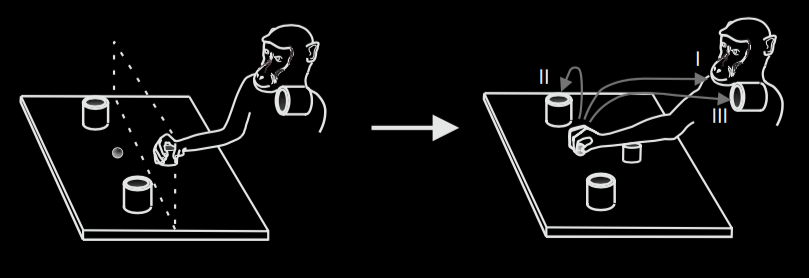
Fogassi et al 2005, figure 1B
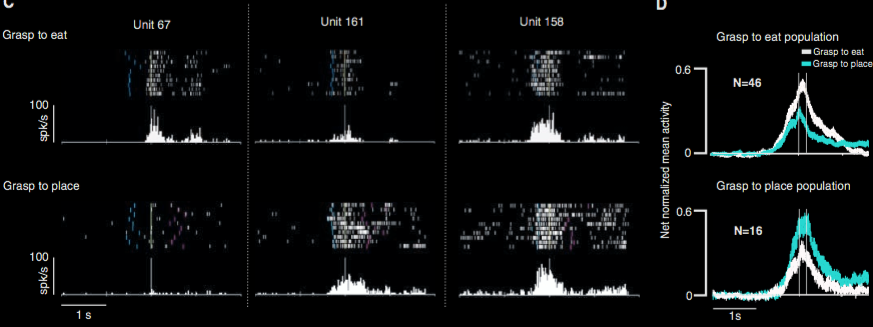
Fogassi et al 2005, figure 1B
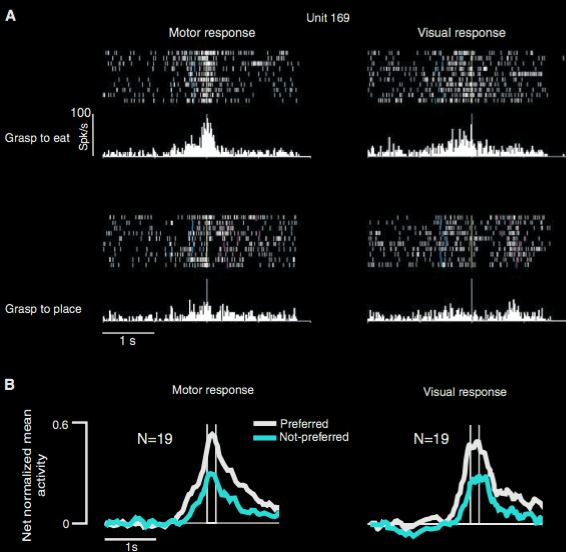
Fogassi et al 2005, figure 5
1
Motor representations occur in action observation (in humans).
‘word listening produces a phoneme specific activation of speech motor centres’ \citep{Fadiga:2002kl}
‘Phonemes that require in production a strong activation of tongue muscles, automatically produce, when heard, an activation of the listener's motor centres controlling tongue muscles.’ \citep{Fadiga:2002kl}
‘word listening produces a phoneme specific activation of speech motor centres’
‘Phonemes that require in production a strong activation of tongue muscles, automatically produce, when heard, an activation of the listener's motor centres controlling tongue muscles.’
Fadiga et al (2002)
birra / berro (pseudo-word) / baffo
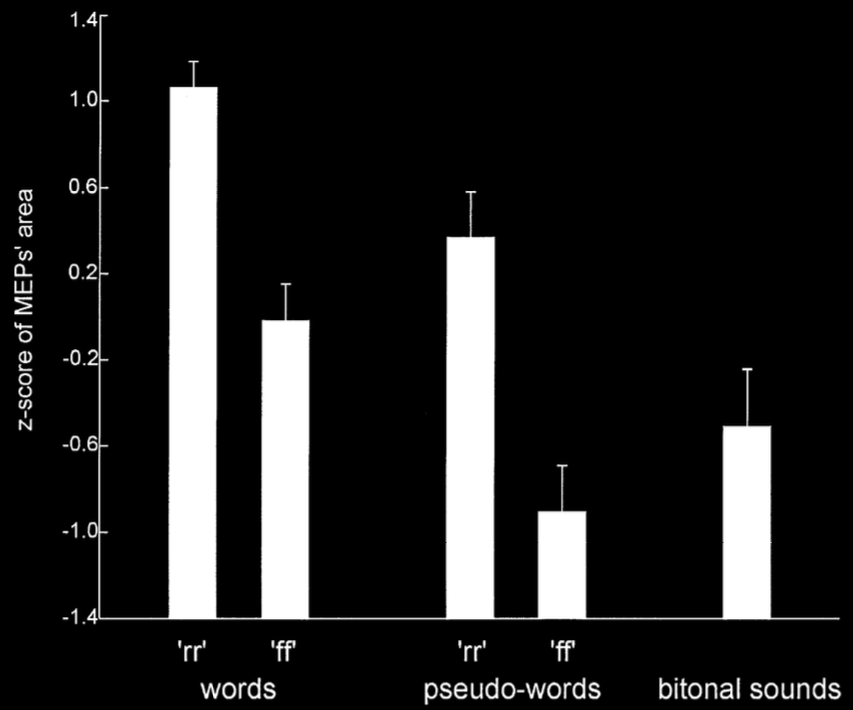
Fadiga et al 2002, figure 2
1
Motor representations occur in action observation (in humans).






1
Motor representations occur in action observation.
What are those motor representations doing there?
2
Motor representations facilitate goal tracking.
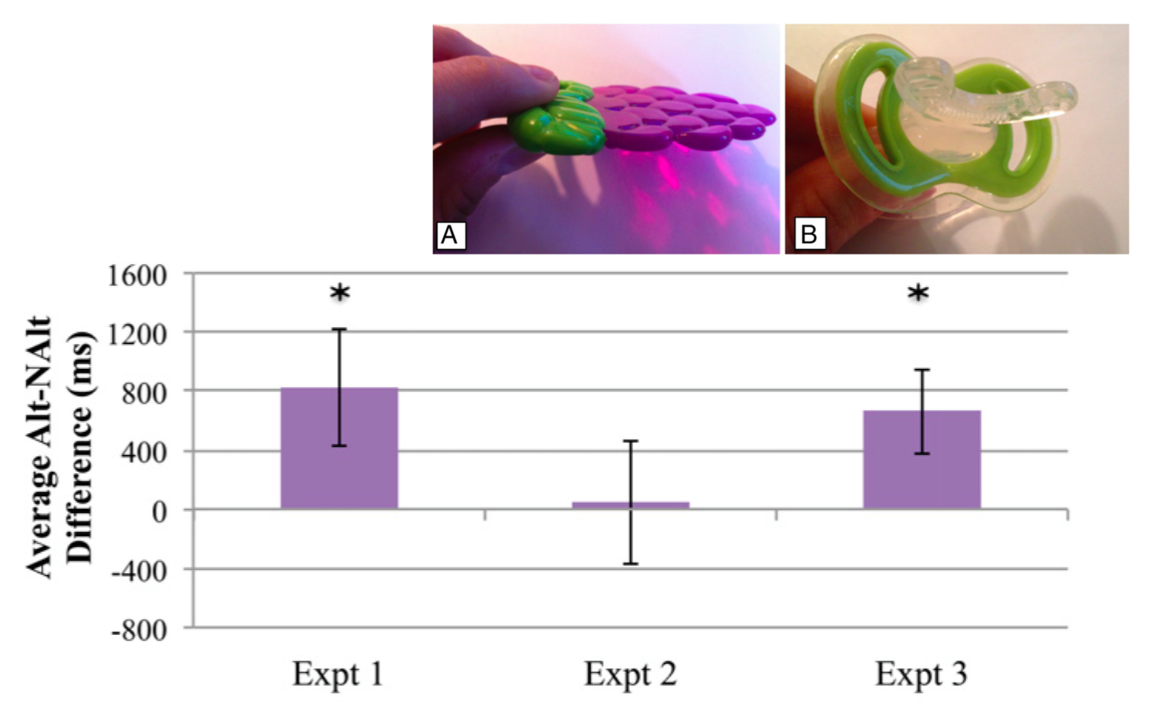
Bruderer et al, 2015 figures 1, 4
2
Motor representations facilitate goal tracking.
3
Motor representations in observation facilitate anticipation of others’ actions.
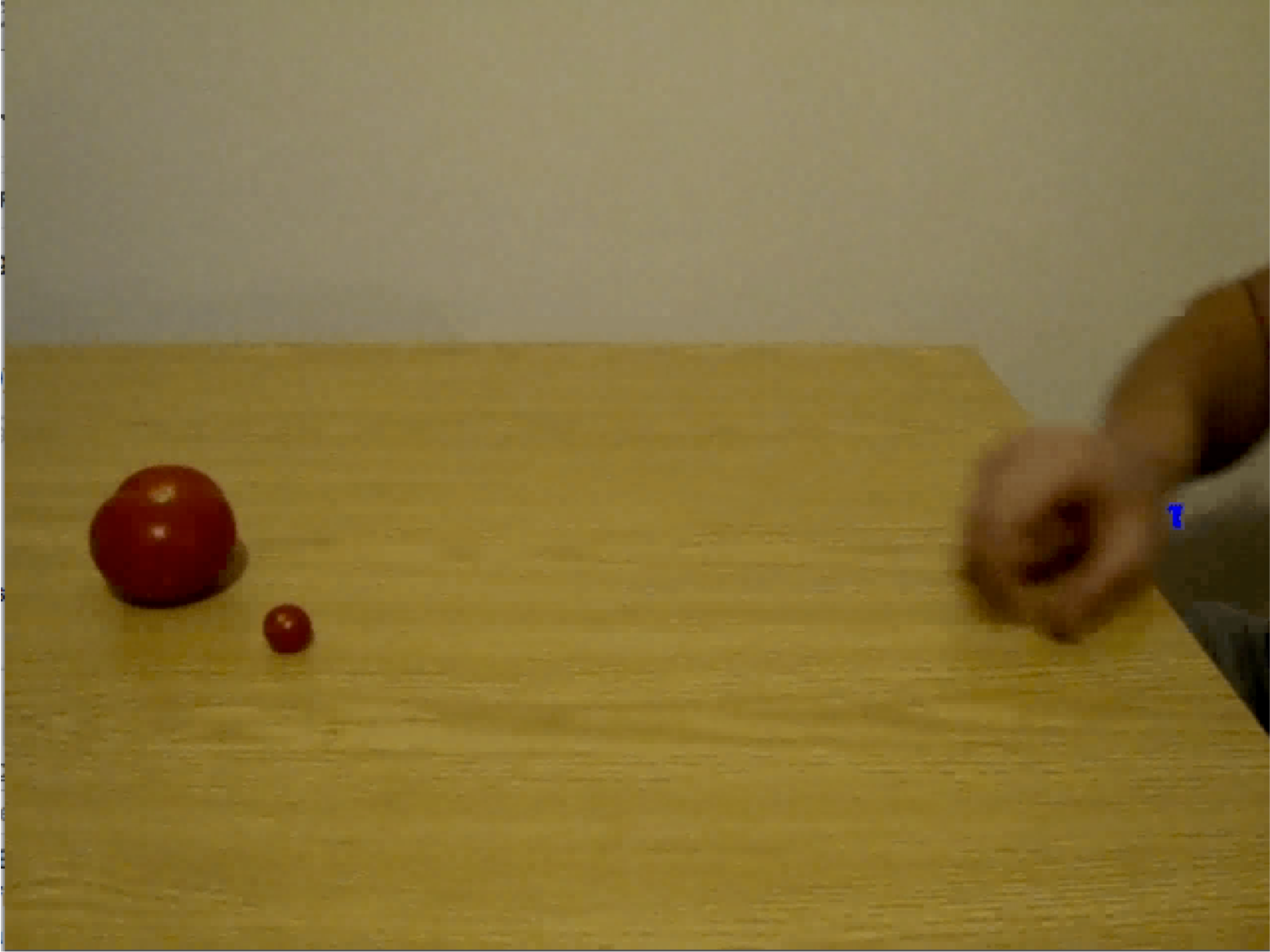
Costantini et al, 2012
3
Motor representations in observation facilitate anticipation of others’ actions.
4
Motor representations in observation facilitate explicit identification of others’ actions.
Evidence : training effects

Casile & Giese 2006, figure 1
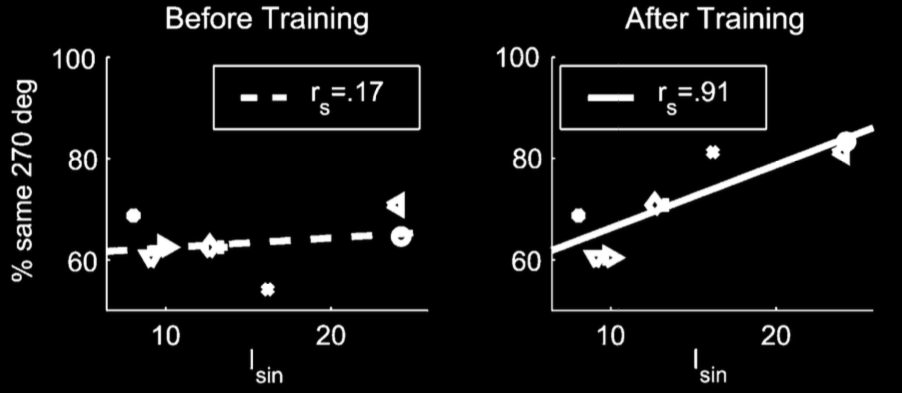
Casile & Giese 2006, figure 4A
4
Motor representations in observation facilitate explicit identification of others’ actions.
Evidence : effects of neurological defects

Pazzaglia et al 2007, figure 1B (part)

Pazzaglia et al 2007, figure 1B (part)

Pazzaglia et al 2007, Appendix S1 (fragment)
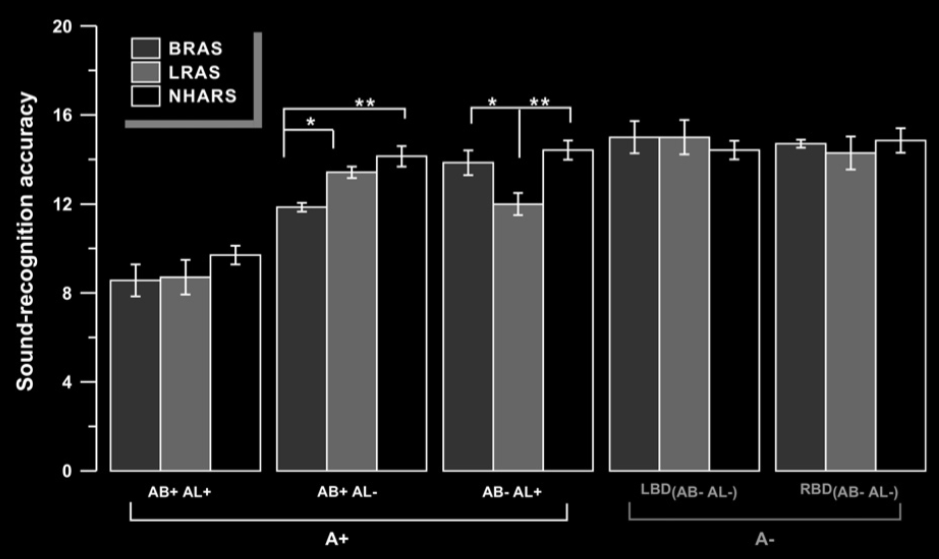
Pazzaglia et al 2007, figure 2
4
Motor representations in observation facilitate explicit identification of others’ (speech) actions.
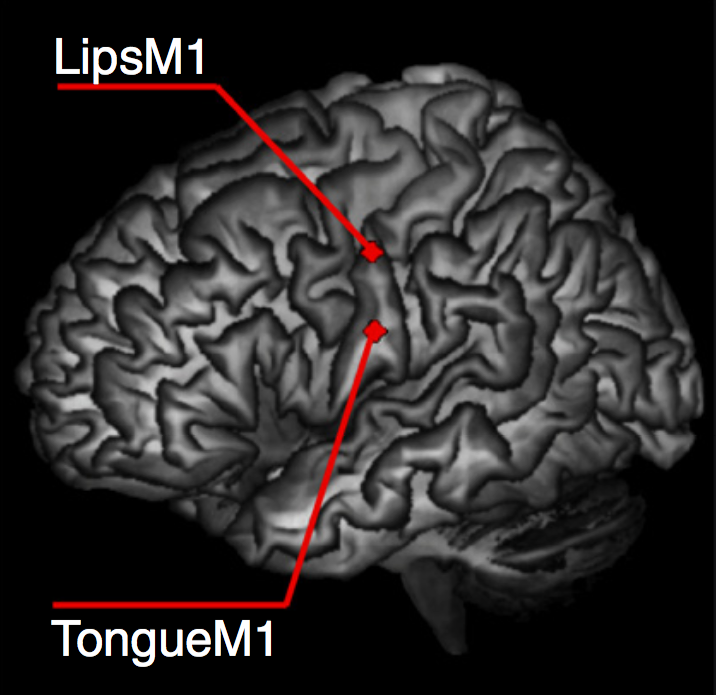
D'Ausilio et al (2009, figure 1)
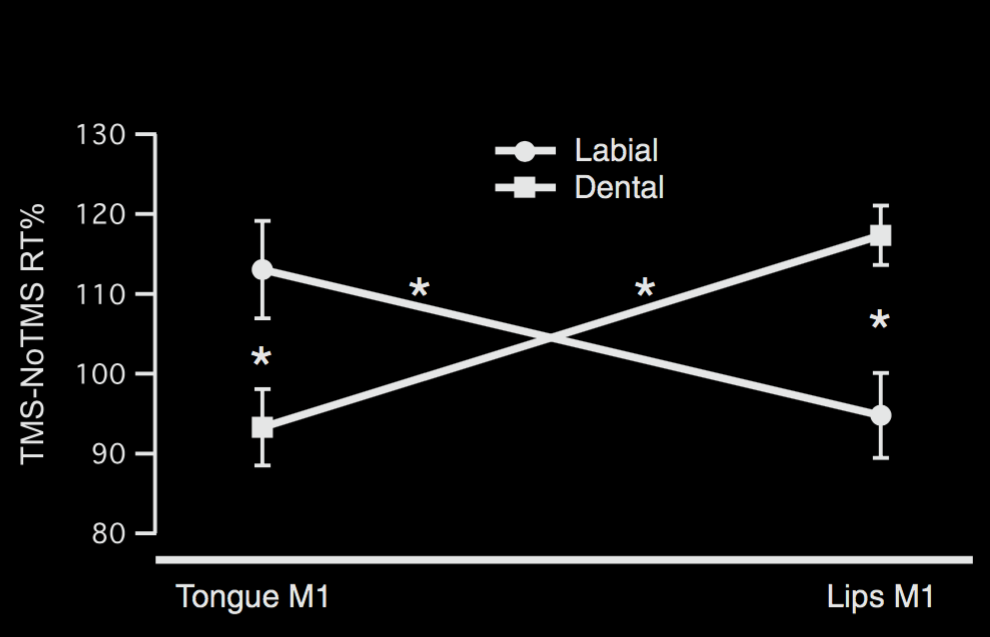
D'Ausilio et al (2009, figure 1)
4
Motor representations in observation facilitate explicit identification of others’ actions.
Old Puzzle
What are those motor representations doing here?
Motor representations concerning the goals of observed actions sometimes facilitate the identification of goals.
New Question
How?
How could the objects of categorical perception of speech be articulatory gestures?
‘Humans [can] understand speech delivered at a rate of 20 to 30 ... phonemes per second’
Devlin (2006)
Old Puzzle
What are those motor representations doing here?
Motor representations concerning the goals of observed actions sometimes facilitate the identification of goals.
New Question
How?